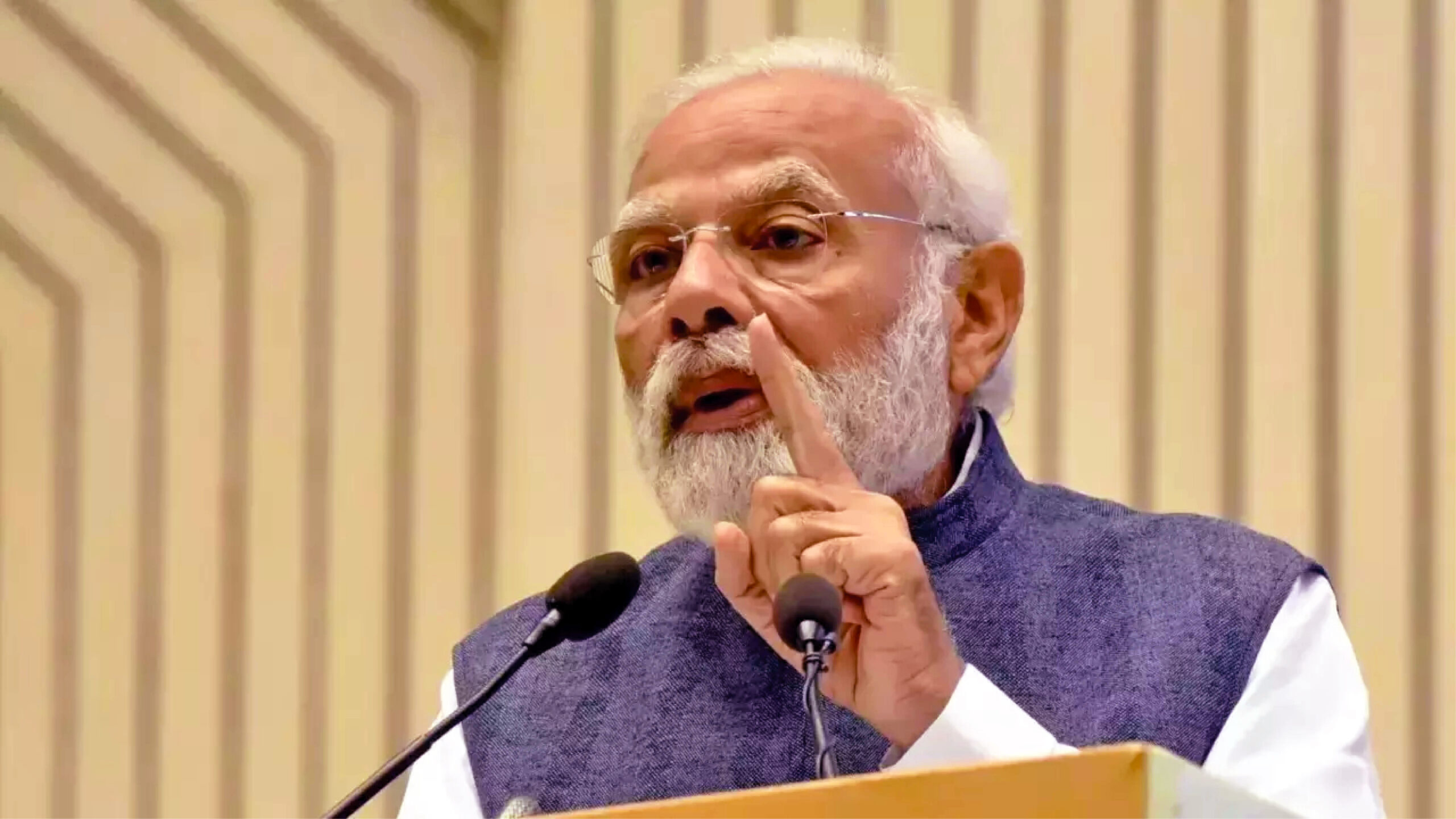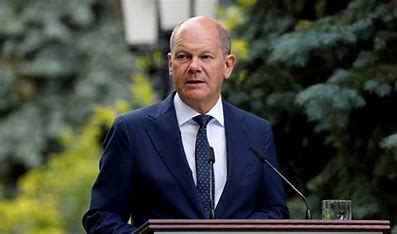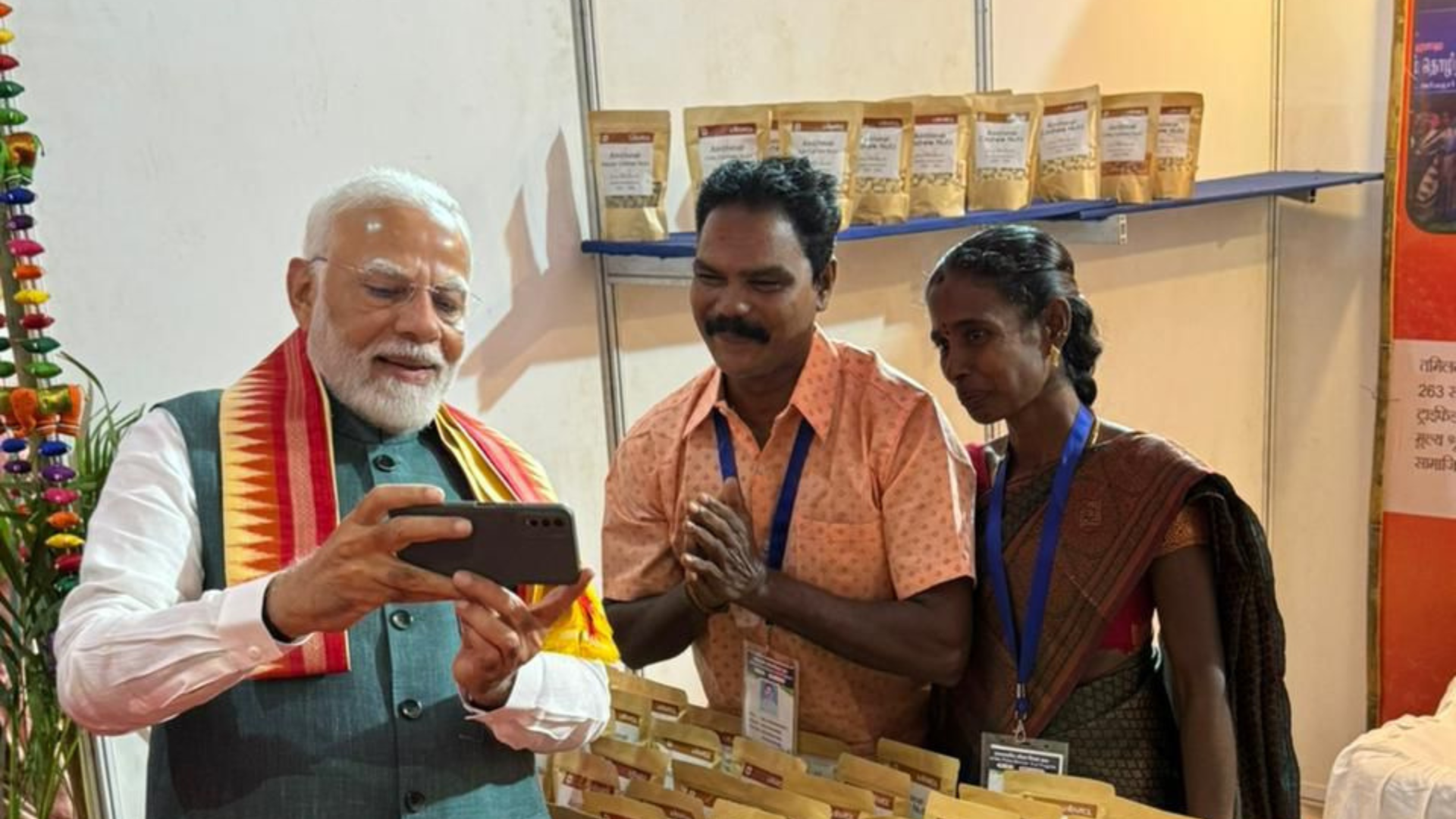
India’s National Education Policy (NEP) 2020 has garnered widespread attention and scrutiny since its launch. One of the key aspects of this policy that has sparked debate and discussion is the issue of mother tongue education. The NEP 2020 recommends that mother tongue or the local language should be the medium of instruction at least up to the fifth standard, and preferably up to the 8th standard. This measure has been both praised and criticized by various stakeholders in the education sector. We need weigh the pros and cons of this recommendation, as well as consider the ramifications of rethinking the mother tongue issue in India’s National Education Policy.
First of all, it is important to realize the importance of mother tongue education. Research shows that children learn best when they are taught in their mother tongue or first language. This approach promotes cognitive development, language skills, and overall academic performance. It also fosters a sense of cultural identity and pride in one’s heritage. By recommending mother tongue education, the NEP 2020 appears to recognize the importance of protecting and promoting India’s rich linguistic diversity.
In addition, the mother tongue can help bridge the gap between school and the family environment. Parents and community members are more likely to be involved in their children’s education when they learn in their mother tongue. This can lead to better support for students and better educational outcomes. Furthermore, using the mother tongue as a medium of instruction can help preserve indigenous knowledge and traditions that may be lost due to globalization and urbanization.
However, the viability and feasibility of promoting mother tongue education throughout the country has been questioned. Many languages are spoken in India, so courses may not be available in all languages. This can create logistical problems in terms of textbooks, trained teachers, and standardized tests. There are also concerns about the impact of the directives on the movement of students between states and territories. If they receive education only in their mother tongue, this can impair their ability to adapt to a new linguistic environment.
Critics argue that the emphasis on mother language education may hinder students’ ability to compete in a globalized milieu, as English is the international language of communication, trade, and technology. This could limit students’ upward mobility and hinder India’s global competitiveness, as English proficiency can lead to higher education and employment opportunities both within and outside India.
All the same, the mother tongue issue under India’s National Education Policy needs reconsideration. While it offers advantages, it’s crucial to balance practical obstacles and the need for fluency in global languages. A potential solution is bilingual education, where children learn their native language while learning a second language like English or Hindi. This approach acknowledges the value of mother tongue education while equipping students with necessary skills for a globalized world. Furthermore, the government should invest in resources and infrastructure to promote mother tongue education, including standardized curricula, teacher training, and fair examinations. This will help maintain Indian students’ global competitiveness and promote mother language education, as per the NEP 2020.
India’s multilingual society has long debated the use of mother tongue education, with the National Education Policy of 1968 initially recommending it. Mahatma Gandhi and B.R. Ambedkar emphasized the importance of mother tongue education for young children’s development and cultural identity preservation. However, globalization and policy changes have led to a gradual shift towards English in schools, impacting the preservation and promotion of indigenous languages and cultures. Indian linguists and scholars have advocated for the preservation and promotion of indigenous languages in education, and the inclusion of mother tongue-based multilingual education in the NEP-2020 is seen as a positive step.
Mother tongue education in India has become a complex issue, with supporters arguing it enhances cognitive development, cultural identity, and social cohesion. Critics question its practicality in a multilingual country and its impact on students’ future prospects and employability. The 2020 National Education Policy promotes mother tongue-based multilingual education, but challenges include resource allocation and teacher capacity. Success depends on careful planning, prioritizing indigenous language resources, training teachers, and monitoring learning outcomes. Certainly, the NEP 2020 can better serve India’s varied student population by revisiting the mother tongue issue and developing a balanced strategy that supports multilingual education.
The mother tongue method aims to develop a strong foundation in a child’s native language, promoting regional languages that may be eclipsed by dominant languages like Hindi. However, this approach could hinder Hindi proficiency, perpetuate language barriers, and devalue Hindi as a national language. While it preserves regional languages, it must be implemented without undermining Hindi’s promotion as a national language. To balance the preservation of regional languages and the promotion of Hindi, a bilingual or multilingual education system that incorporates both the mother tongue and Hindi as mediums of instruction is suggested. This approach would allow students to develop proficiency in their native language while acquiring the necessary skills to communicate effectively in Hindi. A trilingual education system that includes Hindi, English, and the mother tongue would be ideal.
While using the mother tongue as the medium of education has its benefits in preserving regional languages, it must be implemented in a way that does not undermine the promotion of Hindi as a national language. Finding a balance between the preservation of regional languages and the promotion of Hindi is essential for fostering unity and identity in a diverse and multilingual country like India. A bilingual or multilingual education system that employs both the mother tongue and Hindi as mediums of instruction is suggested to overcome this issue. This strategy will allow students to improve their native language skills while also learning how to communicate successfully in Hindi. A trilingual education system that includes Hindi, English, and the mother tongue would be ideal.
Kanwar Dinesh Singh is a well-known author and academic, currently an Associate Professor of English at Rajiv Gandhi Government College in Shimla.















